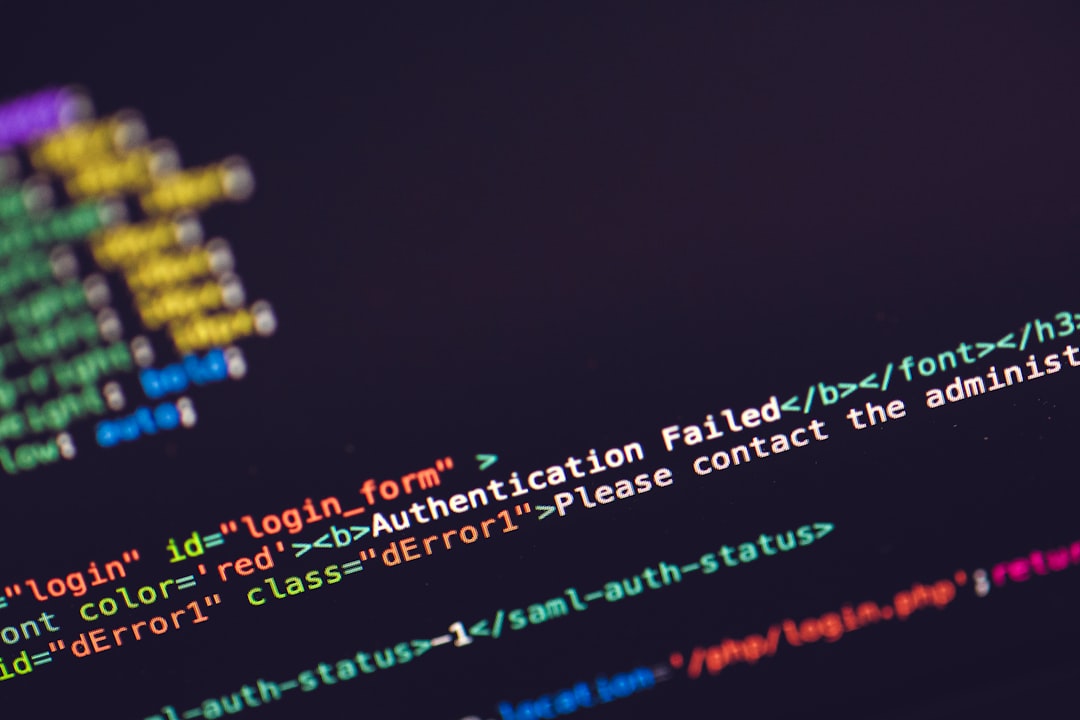In today’s increasingly automated and data-driven environment, the need to safeguard production environments from test data contamination is more critical than ever. Organizations in sectors ranging from finance to healthcare and e-commerce are all investing in realistic test environments. However, one of the most overlooked components of test setup is the use of *realistic yet fictional* address data. For teams operating in or simulating U.S.-based systems, a random address in Texas can provide a dependable source of test data without the risk of privacy breaches or database pollution.
This article explores the importance of using realistic, non-intrusive test addresses and why choosing randomly generated Texas addresses may be an effective solution. From data privacy compliance to avoiding mail routing errors, we’ll explore all aspects of leveraging test data that won’t compromise or impact the operational environment.
Why Test Data Needs to Be Carefully Managed
Quality assurance, automated testing, and user interface simulations all demand the use of data inputs. Developers often resort to using actual customer data or placeholder values like “123 Main St.” However, both approaches come with issues:
- Security Risks: Using real data, especially that of real customers, creates compliance liabilities under regulations such as GDPR, CCPA, and HIPAA.
- Database Pollution: Too many tests with reused dummy address formats can lead to misleading analytics, misrouted communications, and operational confusion.
- Inconsistency in Testing: Repeated use of common placeholder data fails to replicate real-world diversity, which undermines the credibility of performance or UI tests.
The solution lies in generating realistic, random address data: locations that could exist, are consistent with postal formats, yet are guaranteed not to represent actual individuals or businesses. Texas, with its size and diversity, offers an ideal base for generating such addresses.
Why Choose Texas for Test Addresses?
Texas is uniquely positioned to serve as a source of synthetic address data. Here’s why:
- Large Geographical Area: With over 260,000 square miles, Texas offers tens of thousands of postal codes, ensuring high variability.
- Diverse Address Formats: Whether you are testing for urban layouts in Dallas, suburbs in Plano, or rural addresses in West Texas, you’ll get every kind of address formatting challenge.
- Representation: Texas mirrors many national demographics, offering realistic testing environments that closely resemble the U.S. average.
Most importantly, address generators can be configured to produce locations in Texas that are geographically plausible but not tied to real citizens, thus ensuring both realism and ethical safety.
Features of a Good Random Texas Address Generator
When choosing a tool for generating test addresses, pay attention to the following features to ensure quality and safety:
- ZIP Code Validation: Generated addresses should include valid Texas ZIP codes to mirror real ones used in production systems.
- Optional Geocoordinate Generation: For map-based systems or logistics modeling, coordinate support adds another layer of realism.
- Fictionalized Premises: The house numbers and street names should not correspond to actual properties or businesses, ensuring zero impact if accidentally propagated to a live system.
- Format Variability: Allow for short and long-form address styles, and even the inclusion of unique formatting challenges such as PO Boxes or apartments.

These features provide developers and testers with synthetic data that approximates the nuances of real-world inputs without unintended consequences.
Applications of Random Texas Addresses in Software Development
There are several critical areas where random addresses can be helpful within the software development lifecycle. Let’s take a closer look:
1. UI Development and Testing
User interfaces for e-commerce checkouts, CRM software, real-estate platforms, and many other systems rely heavily on address forms. With random Texas addresses, developers can simulate:
- Various address lengths and formats
- Edge cases like very long street names or non-standard apartment numbers
- ZIP-based logic that affects tax, shipping, or geolocation features
2. Database Load Testing
Populating a test database with randomized address records helps simulate the production environment very closely. It allows teams to evaluate:
- Database indexing and performance under large loads
- Storage requirements based on realistic entity volume
- Query performance across regions and ZIP segments
3. Automation Workflows
In pipelines where automated scripts mimic real world workflows—such as form submissions, routing packages, or risk assessment models—realistic but synthetic addresses ensure that tests are reliable and safe.
4. Compliance and QA Audits
When showing regulators or stakeholders the scope of quality assurance, demonstrating the use of *non-identifiable data* builds trust and protects consumer privacy. Randomized address usage can be a key argument in any data compliance audit.
How to Generate Reliable Random Addresses
You can use a variety of tools and resources, ranging from open-source libraries to commercial APIs. What matters most is understanding how to validate and verify the generated data before it touches even a test-level production system.
Recommended steps:
- Use geolocation data tools or APIs (e.g., Google Maps API, HERE, or Mapbox) to validate your generated ZIP codes and municipalities.
- Check house numbering patterns against regional standards — some streets use even/odd numbering conventions.
- Ensure proper normalization of data (e.g., all caps, state abbreviation “TX,” use of postal suite formats).
Additionally, automate the generation process as part of your CI/CD pipeline. A small script that pulls fresh, validated synthetic Texas addresses per test cycle can help avoid duplicated data and improve script resilience.

Don’t Forget About Reverse Implications
While using synthetic address data is beneficial inside isolated systems, it’s crucial to guard against accidental mixing with production environments. Consider implementing the following policies:
- Tag Your Test Data: Use metadata or schema flags to identify test data clearly.
- Access Control: Limit the exposure of test data to non-production users and systems only.
- Monitoring and Alerts: Use auditing scripts to check whether any test addresses have found their way into shipping labels, emails, or external APIs.
Organizations that automate data labeling and auditing can manage the fine line between realism and risk effectively. After all, the best test data feels real without operating like it is real.
Conclusion
Utilizing a random address in Texas for software testing is more than just a best practice — it’s a necessity in the age of data privacy and complex operational systems. By leveraging realistic but synthetic location data, organizations protect themselves, their users, and their systems from the dangers of test data leakage and production contamination.
Whether you’re building test cases, running scripts, or populating training environments, make sure your address data is meaningful, varied, and above all, safe. Test environments should never create real-world problems — and with randomized Texas address generators, they don’t have to.


